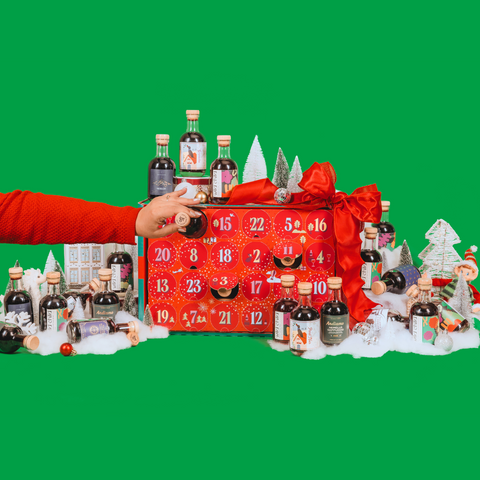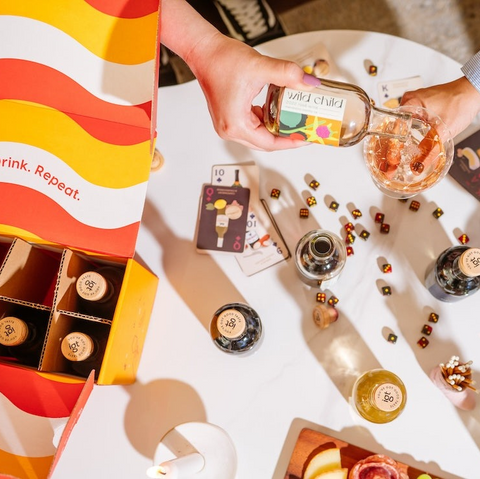California’s Signature Grape
Zinfandel wine is as synonymous with California as the Golden Gate Bridge, Redwood trees, and movie stars. Although, many wine drinkers may be more familiar with Zinfandel’s sweeter side – White Zinfandel. When you were just a wine newbie discovering the deliciousness that wine has to offer, it’s likely that you tried a White Zinfandel – as it accounts for 9.9% of US wine sales by volume.
While the blush variety of this Californian classic may lead in popularity, we can’t overlook the complexities and aromas of a full-fledged red Zinfandel! This varietal has quite an interesting story, so let’s take some time to learn about how Zinfandel found its way to the Golden State and reached the level of fame that it has today.
History, Origin, and Name Meaning of Zinfandel
For decades, Zinfandel was widely believed to be an indigenous grape to California. However, later discoveries found that the first evidence of Zinfandel wine dates back to 6000 BC in the Caucasus. Zinfandel is genetically equivalent to the Croatian grapes Crljenak Kaštelanski and Tribidrag. It can also be traced back to the Primitivo variety of vine from Italy.
Zinfandel is believed to have found its way to the United States in the early 19th century by way of a horticulturist from Long Island, George Gibbs. Eventually, by the 1850s, Zinfandel trekked across the country to California during the Gold Rush. Joseph Wl Osborne made the first Zinfandel wine in California, and it was an instant hit. There was huge praise for the wine, and the planting of Zinfandel vines boomed across California soon after.

In the early 20th century, Zinfandel’s popularity hit a bump in the road after the Great Depression and Prohibition. For a few decades, California’s own became basically forgotten. However, as we all know, this story has a happy ending!
In the 1970s, Bob Trinchero of Sutter Home Winery introduced White Zinfandel – a sweet, blush style of the wine – to the market, and it has remained immensely popular ever since. With a low ABV, sweet taste, and an affordable price at $5-10 per bottle, White Zin is a very popular choice for those that are just dipping their toes into the world of wine. The interest in White Zinfandel has since acted as a catalyst to protect old Zinfandel vines in California, reviving the interest in the original red wine that made it such a success almost 200 years ago.
Is Zinfandel a Varietal or Blend?
The answer is, both! While Zinfandel is a fantastic stand-alone varietal – with rich, bold flavor and deep complexities – many great California red blends have Zin in their blend to add depth.

How to Serve Zinfandel
To really highlight the rich aromas of a Zinfandel, try pairing it with dishes that have a bolder flavor. Barbeque, bacon, ham, and pork all make for excellent food companions to stand up to the distinct flavors of Zinfandel. It also works well with dishes that feature curry, garlic, rosemary, cayenne, black pepper, cheddar, and other richly flavored cheeses. If fruits and veggies are more your style, you can’t go wrong by matching that Zin with cuisines that have punchy flavors such as roasted tomato, red peppers, caramelized onion, and roasted squash, apricot, peach, or sliced apple.

See, Smell, and Taste Notes
While Zinfandel is unmistakably bold-tasting, it has a lighter color than its other rich counterparts like Cabernet Sauvignon and Merlot. In the glass, Zinfandel has a deep, layered red color. Zinfandels can range from medium-dry to semi-sweet, however, the higher quality Zinfandels will lean more towards the dry side of the scale. A quality glass of Zin will have aromas of blackberry, anise, and pepper, and may even have a complex, smoky finish. Depending on where a particular Zinfandel grapevine has been grown, the wine that it produces will have a variety of delicious, robust flavors.










